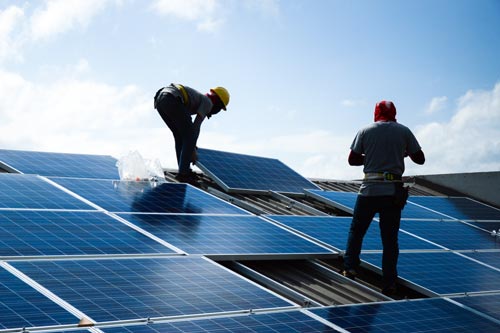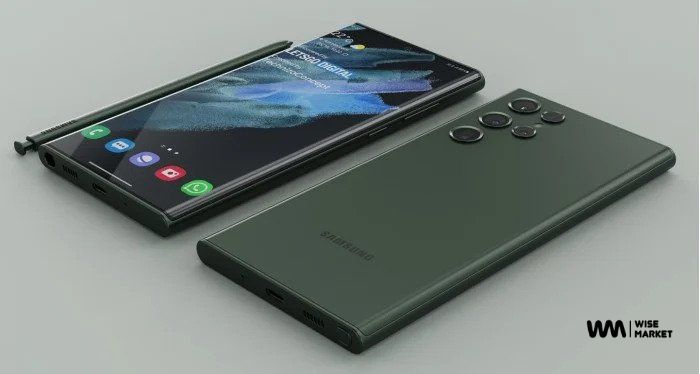Renewable energy waste problem Photovoltaic power generation, which is the primary source of renewable energy in Japan, has increased at an accelerated pace since the introduction of the feed-in tariff (FIT) system in 2012. The Solar Panel in Pakistan used for this power generation are said to have a product life of about 25 to 30 years. Therefore, the solar power generation business that started after the FIT is expected to end around 2040. At that time, waste, including solar panels, will be generated from the solar power generation equipment.
To make renewable energy, including solar power, one of the long-term stable “main power sources” (methods of generating electricity), it is impossible to avoid such waste problems. Let’s consider the issue of solar panel disposal, what problems are of concern, and what kind of countermeasures should be taken.
Various Concerns About Solar Panel Disposal
Like other power generation businesses, the solar power generation business is long-term. One is that the barriers to entry are low, so it is easy for not only conventional power generation companies but also various other companies to work on it,
it is relatively common for business entities to change during the project. Second, different types of solar panels contain other harmful substances. Due to these characteristics, the following concerns are spreading over the future mass disposal of solar power generation facilities.
Is it abandoned or illegally dumped?
First, there is the concern that solar panels must be disposed of properly.
Solar power installed in a building is generally disposed of when demolished, and commercial solar power generation on leased land is restored to its original state at the end of the lease term. If generally obligated, it is thought that the possibility of being left unattended is low.
The problem is commercial solar power on land owned by the operator. Panels may be left as valuables without costly disposal, even when the business is effectively out of business.
In either case, there is also concern that if the disposal costs cannot be raised or prepared, they will be dumped illegally on other lands.
To prevent such neglect and illegal dumping, it is adequate to set aside a portion of the income earned from selling electricity in advance as expenses such as disposal. However, the reality is that only so many companies make a reserve.
May hazardous substances be leaked and diffused?
Solar panels contain hazardous substances such as lead, selenium, and cadmium, depending on the panel type, and there are appropriate disposal methods for each.
However, there are cases where appropriate disposal is not carried out because the information on the hazardous substances contained in the waste needs to be communicated to waste disposal contractors. For example, there are cases where it is desirable to landfill in a place called a “controlled final disposal site” that has facilities to prevent water leakage, but it is landfilled in a landfill that is not.
In the background of such cases where there is concern about the outflow and diffusion of hazardous substances, there are cases in which the waste generators did not know that the waste contained dangerous substances in the first place, or they were aware of it but did not confirm it. I have. There are also cases where solar panel manufacturers do not actively disclose information.
Isn’t the final disposal site tight?
The solar panels installed simultaneously will eventually reach the time of mass disposal. It is estimated that at peak times, the annual emissions of used Best Solar Panel company in Pakistan will earn 6% of the final disposal of industrial waste. Therefore, there is a concern that the definitive disposal site will be temporarily tight.



